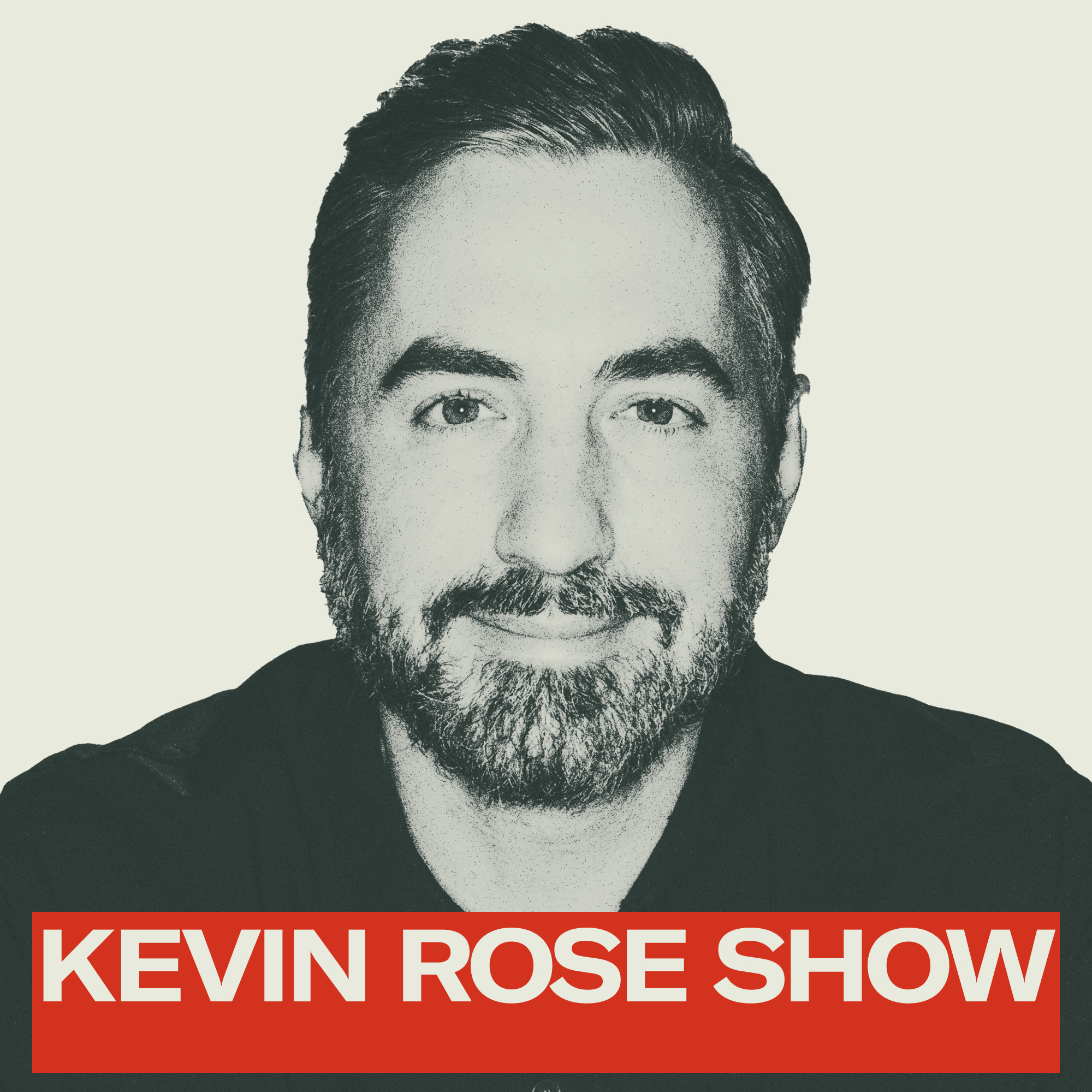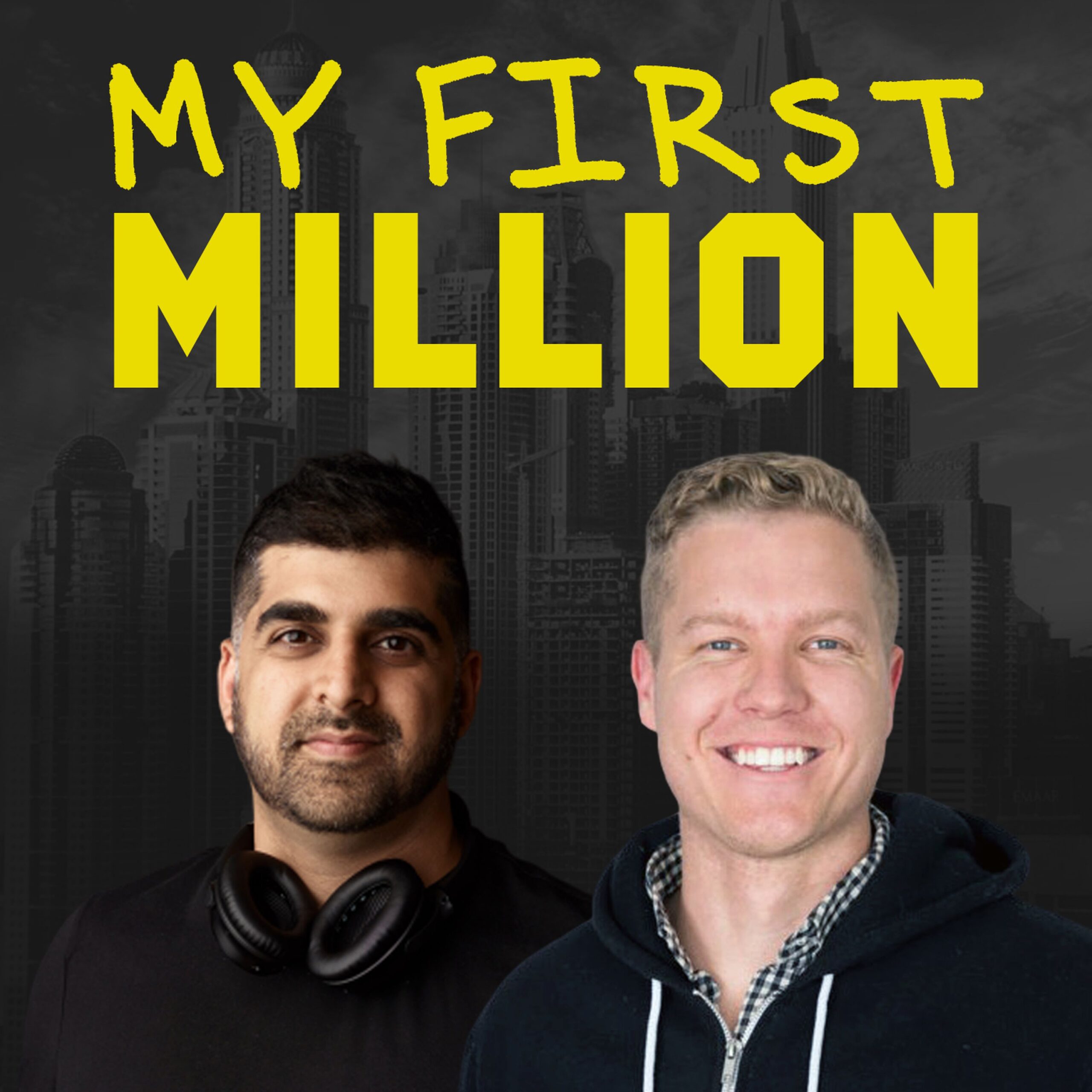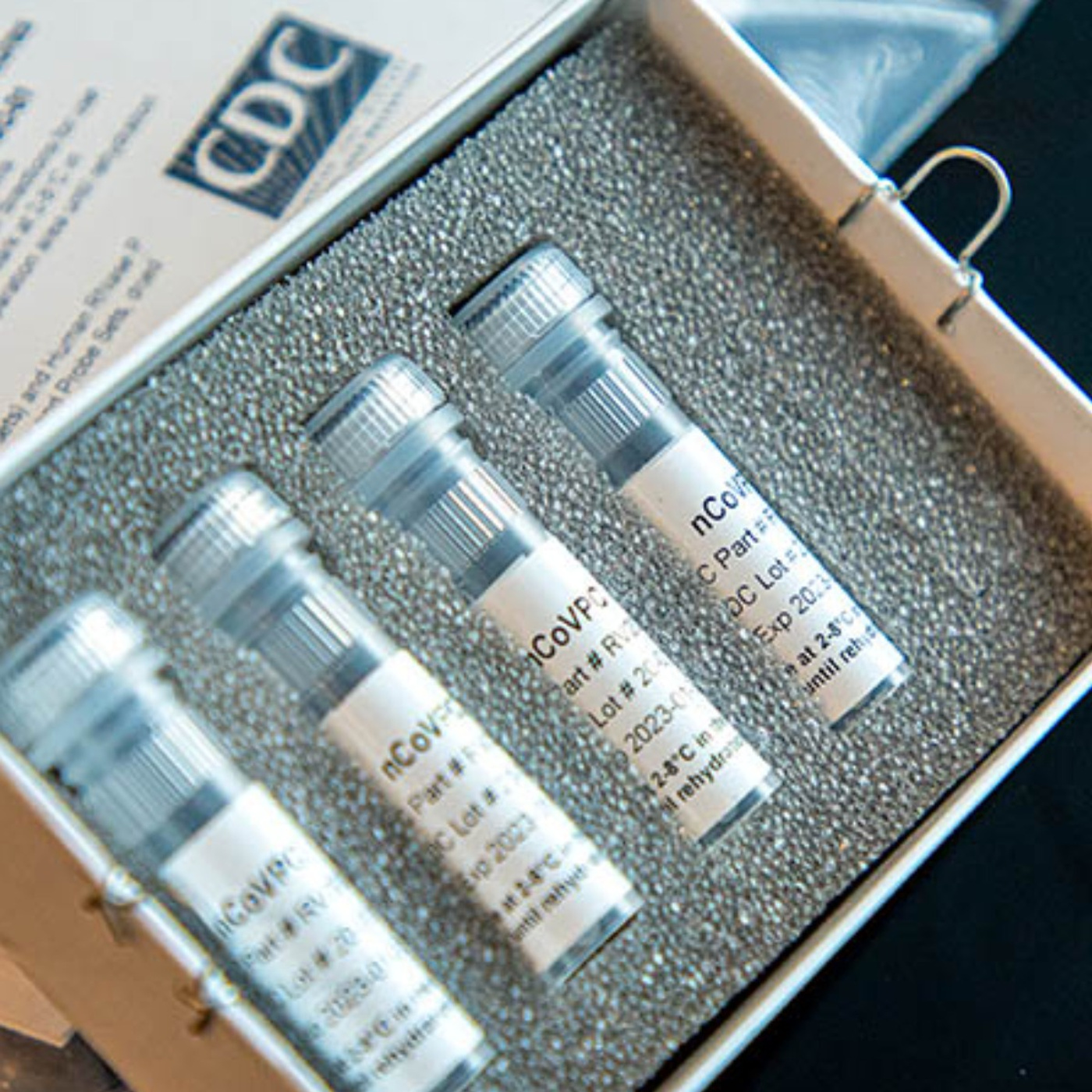#52 – AI Teachers, Deskless Workforce & The Passion Economy with Zak Kukoff
Sam (@thesamparr) and Shaan (@shaanvp) talk ideas, trends and businesses. We’re joined by Zak Kukoff (@ZCK), a 25 year old VC of $500M Emergence Capital (emcap.com) who’s home runs have been Zoom, Salesforce, Veeva, Yammer and more. Topics for today: Introducing our guest Zak Kukoff (1:22), Equity vs Cash comp debate (3:40), Zak leaving school … Read more






